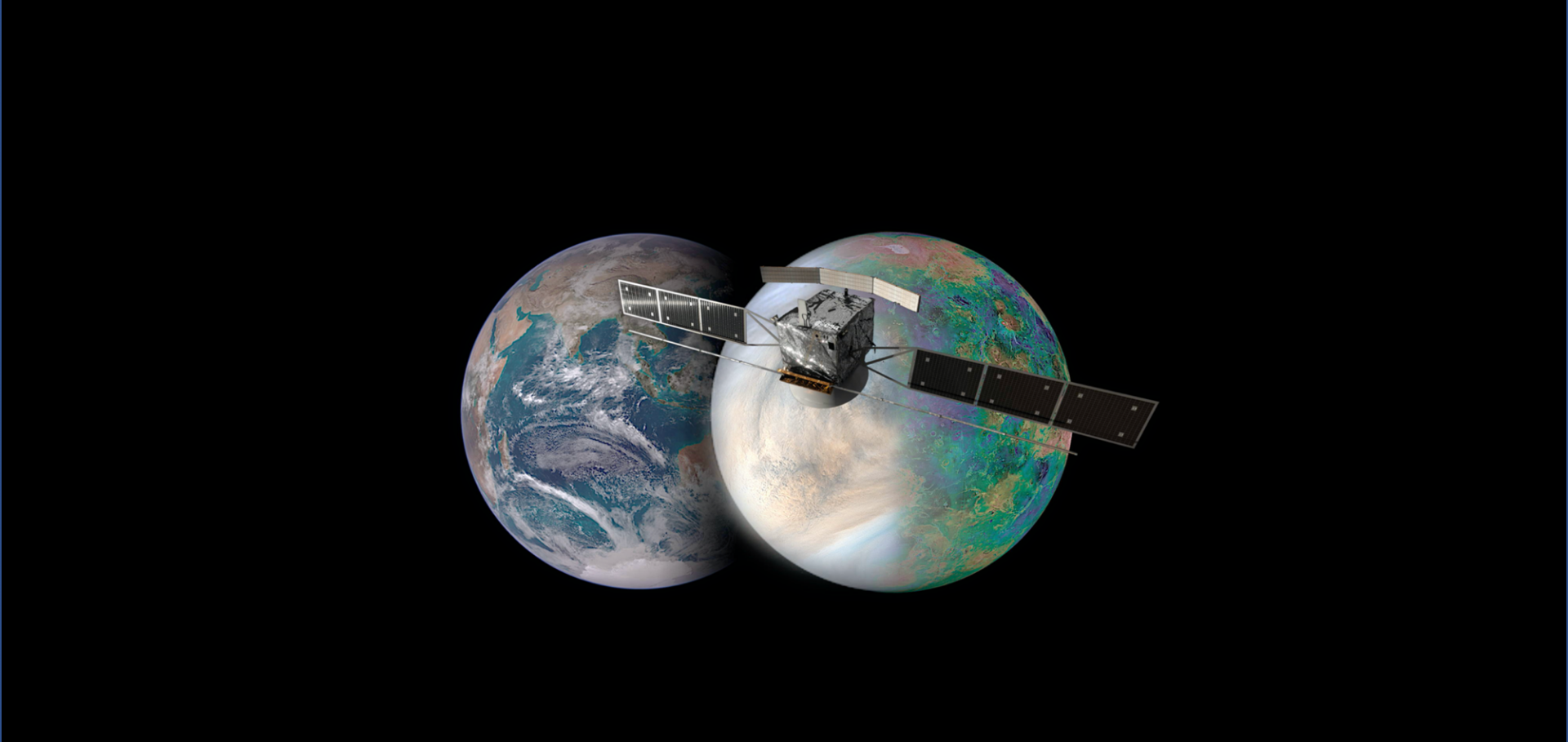Seasonal changes in the vertical structure of ozone in the Martian lower atmosphere and its relationship to water vapor
Journal of Geophysical Research: Planets Wiley 127:10 (2022) e2022JE007213
Abstract:
The mid-infrared channel of the Atmospheric Chemistry Suite (ACS MIR) onboard the ExoMars Trace Gas Orbiter is capable of observing the infrared absorption of ozone (O3) in the atmosphere of Mars. During solar occulations, the 003←000 band (3,000-3,060 cm−1) is observed with spectral sampling of ∼0.045 cm−1. Around the equinoxes in both hemispheres and over the southern winters, we regularly observe around 200–500 ppbv of O3 below 30 km. The warm southern summers, near perihelion, produce enough atmospheric moisture that O3 is not detectable at all, and observations are rare even at high northern latitudes. During the northern summers, water vapor is restricted to below 10 km, and an O3 layer (100–300 ppbv) is visible between 20 and 30 km. At this same time, the aphelion cloud belt forms, condensing water vapor and allowing O3 to build up between 30 and 40 km. A comparison to vertical profiles of water vapor and temperature in each season reveals that water vapor abundance is controlled by atmospheric temperature, and H2O and O3 are anti-correlated as expected. When the atmosphere cools, over time or over altitude, water vapor condenses (observed as a reduction in its mixing ratio) and the production of odd hydrogen species is reduced, which allows O3 to build up. Conversely, warmer temperatures lead to water vapor enhancements and ozone loss. The LMD Mars Global Climate Model is able to reproduce vertical structure and seasonal changes of temperature, H2O, and O3 that we observe. However, the observed O3 abundance is larger by factors between 2 and 6, indicating important differences in the rate of odd-hydrogen photochemistry.A novel radiometer for clouds investigations in future Venus aerobot missions
Copernicus Publications (2022)
Investigating the properties of a near-surface cloud layer from Venera 13 and 14 descent probe data
Copernicus Publications (2022)
Exploring the Clouds of Venus: Science Driven Aerobot Missions to our Sister Planet
Institute of Electrical and Electronics Engineers (IEEE) 00 (2022) 1-20
No detection of SO2, H2S, or OCS in the atmosphere of Mars from the first two Martian years of observations from TGO/ACS
Astronomy and Astrophysics EDP Sciences 658 (2022) A86
Abstract:
Context. The detection of sulphur species in the Martian atmosphere would be a strong indicator of volcanic outgassing from the surface of Mars.Aims. We wish to establish the presence of SO2, H2S, or OCS in the Martian atmosphere or determine upper limits on their concentration in the absence of a detection.
Methods. We perform a comprehensive analysis of solar occultation data from the mid-infrared channel of the Atmospheric Chemistry Suite instrument, on board the ExoMars Trace Gas Orbiter, obtained during Martian years 34 and 35.
Results. For the most optimal sensitivity conditions, we determine 1σ upper limits of SO2 at 20 ppbv, H2S at 15 ppbv, and OCS at 0.4 ppbv; the last value is lower than any previous upper limits imposed on OCS in the literature. We find no evidence of any of these species above a 3σ confidence threshold. We therefore infer that passive volcanic outgassing of SO2 must be below 2 ktons day−1.


